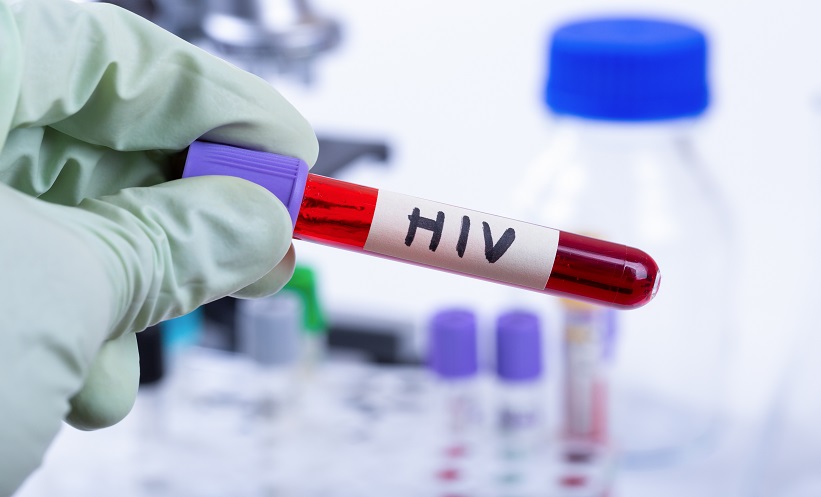FEMALES aged 35–54 years in the USA displayed the highest incidence rates for lung cancer between 2015–2019. This incidence rate was higher than that seen in their male counterparts and in older females, according to research by Ahmedin Jemal, American Cancer Society, Atlanta, Georgia, USA, and colleagues.
Building on a previous study undertaken by the American Cancer Society, which highlighted the disparity that in those aged <50 years, lung cancer incidence was higher in females than males, the team performed a cross-sectional study that aimed to evaluate whether this increased incidence rate in females persisted. They utilised the Surveillance, Epidemiology, and End Results (SEER) database to assess population-based incidence data on cancers affecting the lungs and bronchus, diagnosed between 2000–2019. Individuals were stratified according to sex, age in 5-year increments (30–34 years to ≥85 years), and year of diagnosis (2000–2004, 2005–2009, 2010–2014, and 2015–2019).
The analysis highlighted that the previously identified disparity remained, with females aged 35–54 years continuing to have the highest lung cancer incidence rates. Whilst overall, lung cancer incidence rates between the time periods of 2000–2004 and 2015–2019 had declined, there was a disparity in the level of decline between males and females. For those in the 50–54 years age bracket, lung cancer incidence rates decreased by 44% in males, compared to 20% in females. This was reflected by a female-to-male incidence rate ratio increase from 0.73 to 1.05 over this time period. In contrast, the study also highlighted that for those >55 years of age, incidence rates for lung cancer were lower in females compared to males.
The authors discussed that additional research is required to determine the factors underpinning the differences in lung cancer incidence rates for young and middle-aged males and females. Jemal emphasised the ongoing importance of promoting smoking cessation in young and middle-aged females, as well as encouraging eligible females to accept available lung cancer screening.
Although these findings identify a need to understand why females aged 35–54 years have higher incidence rates of lung cancer, and a need for ongoing and strengthened health promotion, the study did not consider the growth in populations born outside of the USA over the course of the study, and was limited by a lack of individual risk factor data.








